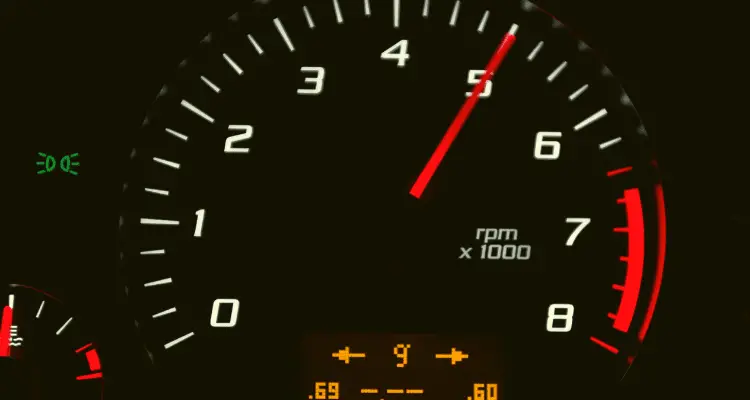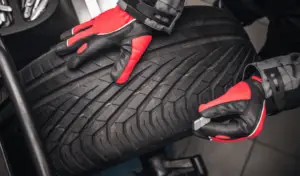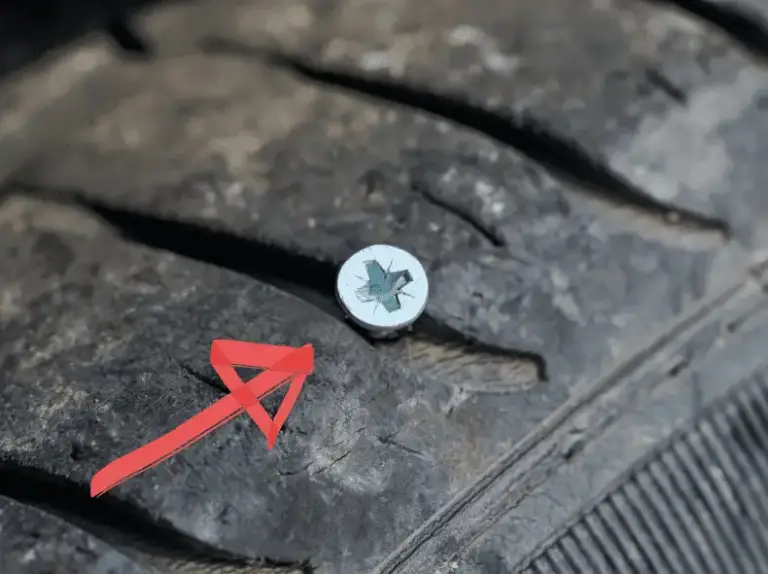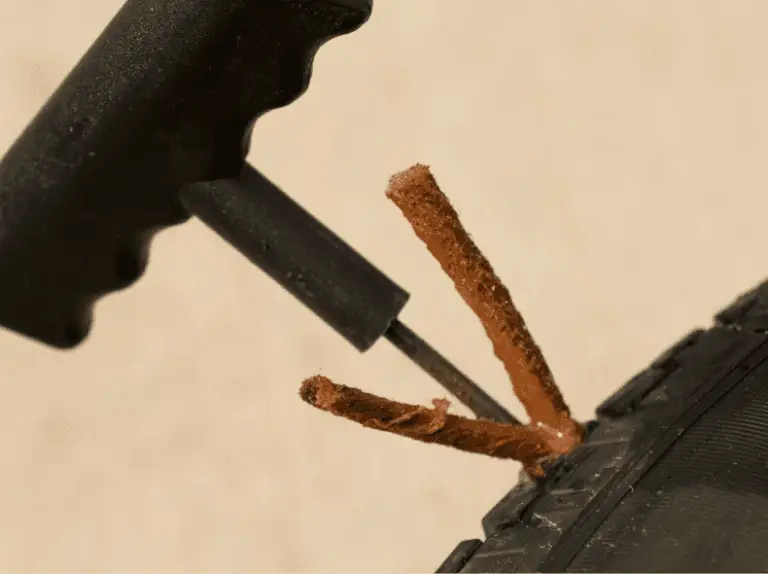Many people ask this question. Initially, they are quite happy that they have managed to salvage their tire but are get concerned about the plugs long-term viability and performance.
So just how fast can you drive with a plugged tire?
Below we will look at all the considerations because there isn’t a one-size-fits-all answer to this question.
A patched tire will lose its speed rating guarantee and only be endorsed to 85 mph rather than the higher speed it was rated to previously.
Therefore a less safe and non-recommended plug tire will be the same at best but likely much lower.
Some tire manufacturers will void the speed rating if a tire is patched, while others will maintain it as long as they are the repairers.
Others will not speed rate their performance tires when plugged, and others will void all repaired tires regardless of the rating and repairer.
The above relates to patching but not plugging.
Even though tire plug manufacturers may state that their plugs are safe to be driven at a maximum speed of 50 mph, the tire manufacturers would disagree.
They all state the leak should be patched from the inside and have the tire removed from the rim and inspected before doing so.
What Does the Plug Kit Information Advise?
If you plug the tire yourself, look at the kit manufacturer’s website or the packaging in which the plug kits came.
Many plug kits say you can only drive up to 50 mph and only 100 miles before the tire should be removed and the inside inspected.
There should be a disclaimer outlining the terms and conditions of plug usage.
This is likely to state whether the plug kit is considered a permanent fix and how fast the plug is good for other precautions you should take once you have applied the plug.
There is also likely to be a disclaimer regarding the them not being responsible if the plug wasnt fitted in line with their instructions. A good plug repair can be difficult to prove should a motorist be involved in an accident with a plugged tire.
Very few people read the product information but tire plug makers have covered themselves by including this in the sales or installation literature.
Test It Out At Low Speeds To Increase Confidence
With tire plugs, it makes more sense to drive at lower speeds and check the area afterward to ensure there is no leaking.

Spraying soapy water on the hole area before even driving will give you an indication of whether the plug is holding back the leak or not.
If you are sure you want to drive on the tire without getting it patched or inspected, it makes sense to periodically over the first few weeks of repairing the tire to spray soapy water on the area and check for bubbles that would indicate a leak.
Don’t drive at fast speeds until you are happy the plug is holding.
Related Article: How Many Tire Plugs Are Safe? [ANSWERED]
Be Mindful of Road and Weather Conditions
We are always more mindful of road and weather conditions when driving, but be extra vigilant if you have recently plugged your tire.
Given the extra strain, winter and studded tires are under due to the weather conditions, it’s best to invest time ensuring the plug is secure before driving at higher speeds.

To guarantee a top-notch repair of a winter or studded tire, it makes sense to have a tire shop inspect and fix the tire.
Related Article: Is It Safe To Plug A Tire Sidewall?
Insurance Still Valid
If the tire plug manufacturer has indicated that their product is only intended as a temporary solution, or if it has been improperly installed, you may face legal repercussions if you are involved in an accident and it is determined that you were at fault.
Litigation attorneys may take on cases where the driver had a vehicle that was not in a roadworthy state.
Insurers, in their policies, state that your coverage is dependent on your vehicle is kept in good condition.
Driving with a poorly plugged tire could be grounds for invalidating your policy and leaving you open to significant civil lawsuits from other drivers if the tire fails.
Be Cautious
Exercising caution when driving with plugged tires is recommended. Refer to the tire puncture kit manufacturer’s website to be safe.
Reduce speed and drive more carefully to avoid placing extra stress on the plugged area.
How Old is the Tire? Better To Replace?
If you are considering plugging a tire but have not yet done so and are wondering how fast you can drive on it, it is important to assess the tire’s current condition.
Check the amount of tread left on the tire; if it is less than 5/32 inches, it may be wise to replace the tire instead.
A tire with this little tread is almost to the end of its lifespan, and you will likely need to buy a new one within 3000 miles.



![How Fast Can You Drive On A Patched Tire? [ANSWERED] tire-patch-repair](https://carzaza.com/wp-content/uploads/2023/12/tire-patch-repair-300x150.png)
![Is It Safe To Drive On A Patched Tire? [EXPLAINED] tire-patch-tire-shop](https://carzaza.com/wp-content/uploads/2023/12/tire-patch-tire-shop-300x224.png)
![Are Plugged Tires Safe To Drive On? [IMPORTANT] Plugged-tire-tread](https://carzaza.com/wp-content/uploads/2023/12/Plugged-tire-tread-300x224.png)
![How Long Does It Take To Plug A Tire?[Answered] tire-repair-kit](https://carzaza.com/wp-content/uploads/2023/12/tire-repair-kit-300x224.png)


